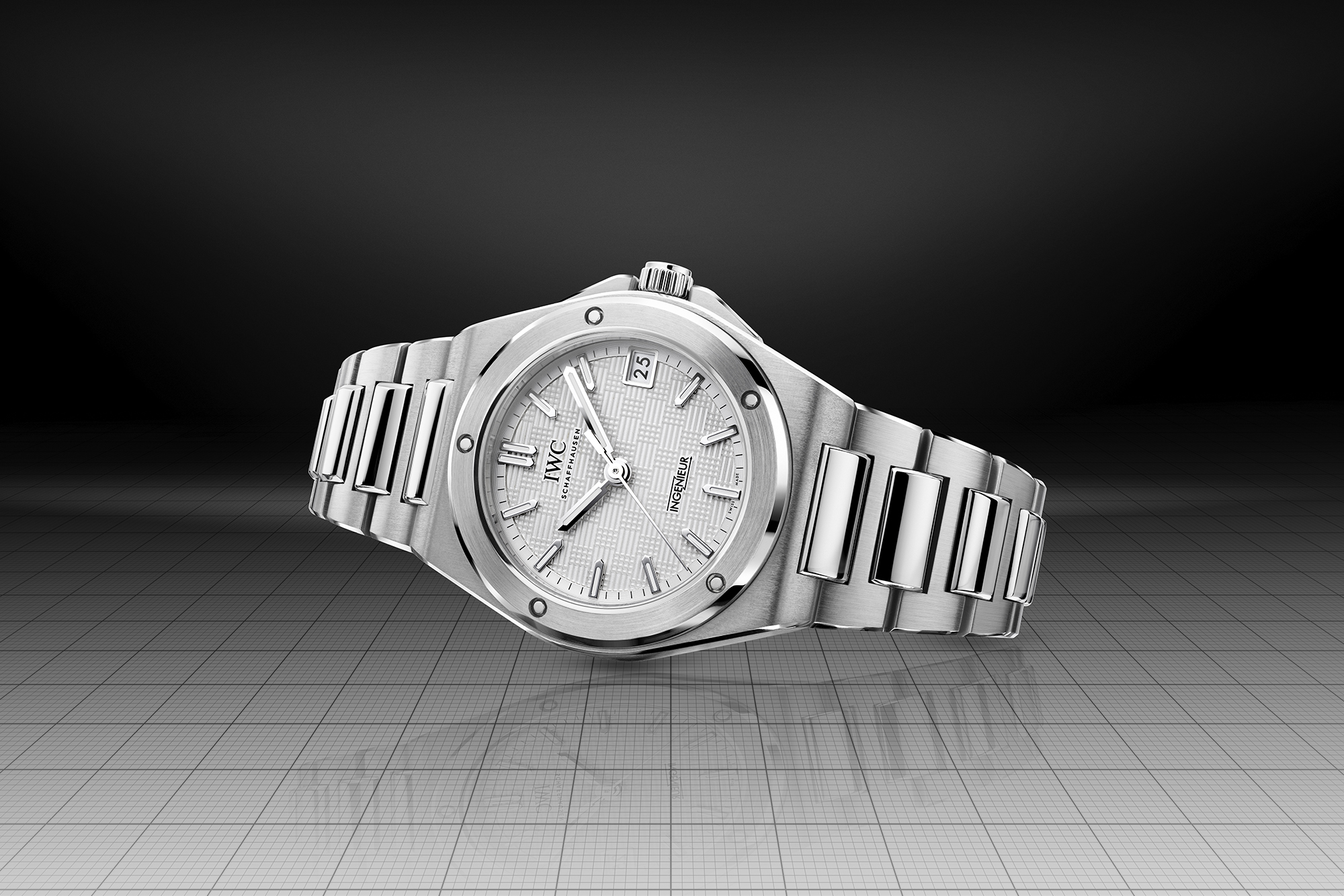How the New IWC Ingenieur 40 Went From Inauspicious Beginnings To Star Status
Whether you’re an artist, an entrepreneur, or the head of a watch company, setbacks are inevitable. Talent, ability, and great ideas will get you far, but how you respond to challenges can be just as important as anything else, if not more so, over the long term. A little luck doesn’t hurt, either. The story of the Ingenieur, the newly expanded luxury sports watch collection from IWC with a cameo in one of this summer’s most anticipated movies, F1, is a textbook case of turning failure into success — even if it takes nearly 50 years.
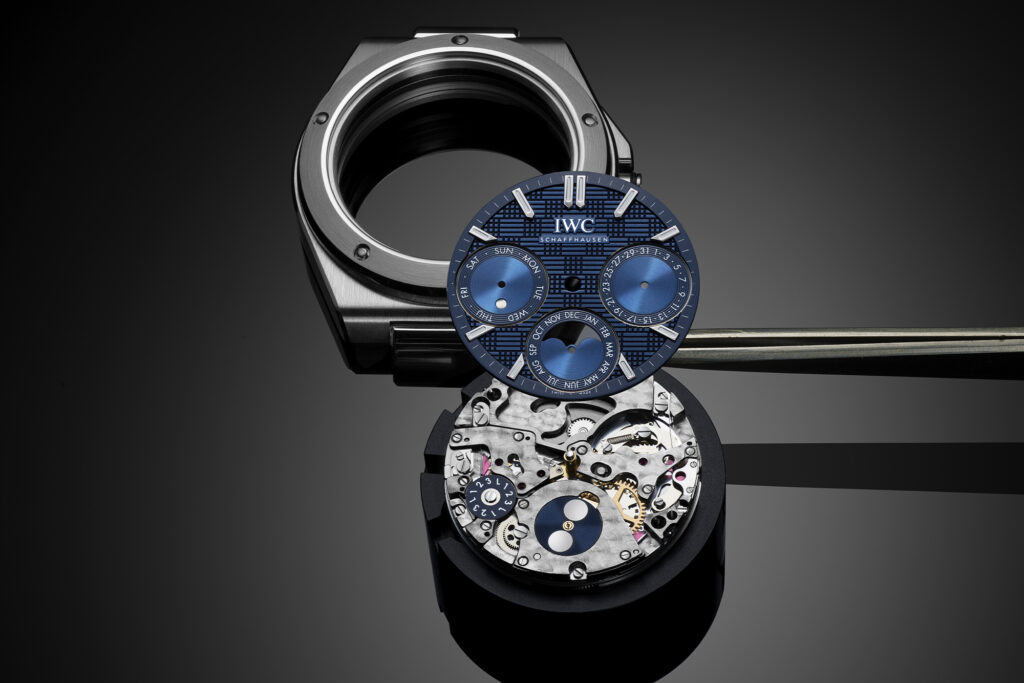


Since its founding in 1868, IWC has made a lot of different watches, ranging from the groundbreaking Pallweber “digital” pocket watch of the 1880s to the Bauhaus-influenced Portugieser of the 1930s to the futuristic Big Pilot’s Watch Shock Absorber XPL of the 2020s. Combining distinctive design with cutting-edge timekeeping technology, each watch brought something new to the table and reinforced IWC’s reputation as one of Switzerland’s most respected maisons. With a bold modern look created by famed designer Gérald Genta and a unique anti-magnetic case, the 1976 Ingenieur SL Ref 1832 ticked all of the right boxes to earn its place among IWC’s greatest hits. After six years, and just 598 models sold, however, the Ingenieur was quietly discontinued.
“When you look at the history of Gérald Genta’s Ingenieur SL, Reference 1832, it was a great product at the wrong time — a too-visionary form with a positioning too sharp, targeting engineers only,” says Christian Knoop, chief design officer of IWC Schaffhausen. “There are many examples like that in the history of product design; the Ingenieur was ahead of its time.” Over the decades that followed, however, the Ingenieur didn’t disappear. In the 2010s, when Gérald Genta’s groundbreaking oeuvre was rediscovered by a new generation of watch enthusiasts, the Ingenieur SL Reference 1832 became one of the most-sought vintage IWC models in the world.
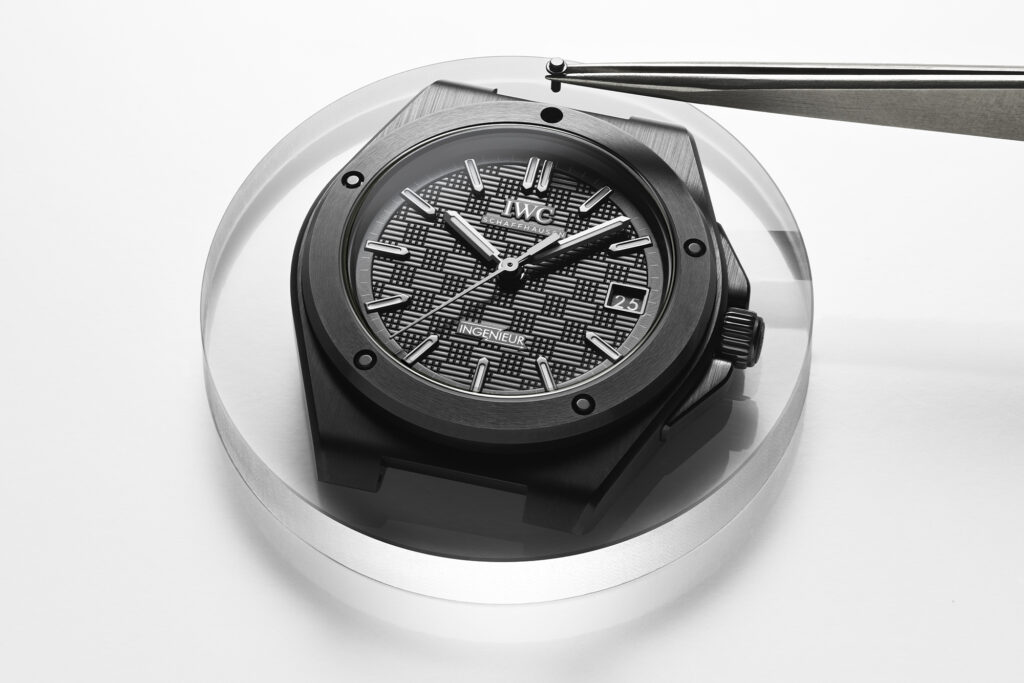
In 2023, nearly half a century after its initial introduction, the Ingenieur’s next chapter was unveiled in Geneva as the Ingenieur Automatic 40. The product of an intensive four-year design process, the collection combined Gérald Genta’s iconic case — complete with its trademark bezel secured with five functional screws — with IWC’s latest advances in movements and materials.
“We invested a lot of time and effort into creating a watch with a sculptural beauty and tactile quality that reflects the essence of Gérald Genta’s iconic design while meeting the highest standards of ergonomics and finishing,” says Knoop. Two years later, in spring 2025, IWC expanded the Ingenieur collection to include three case sizes (35 mm, 40 mm, and 41 mm), four material options (steel, titanium, 5N red gold, and black ceramic), and a range of fetching dial colours.
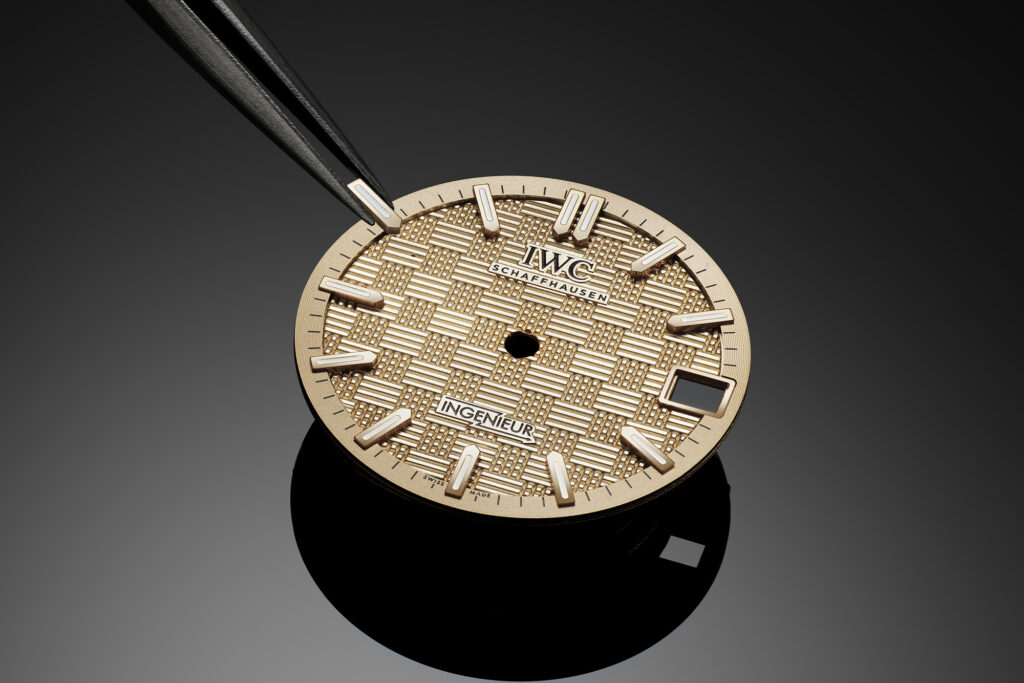
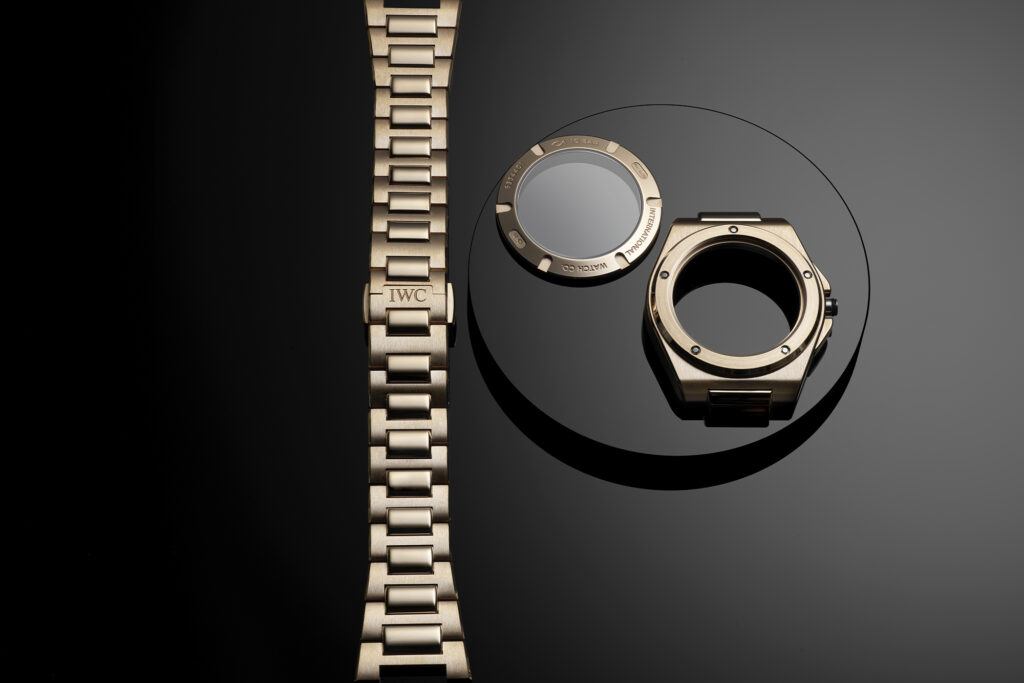
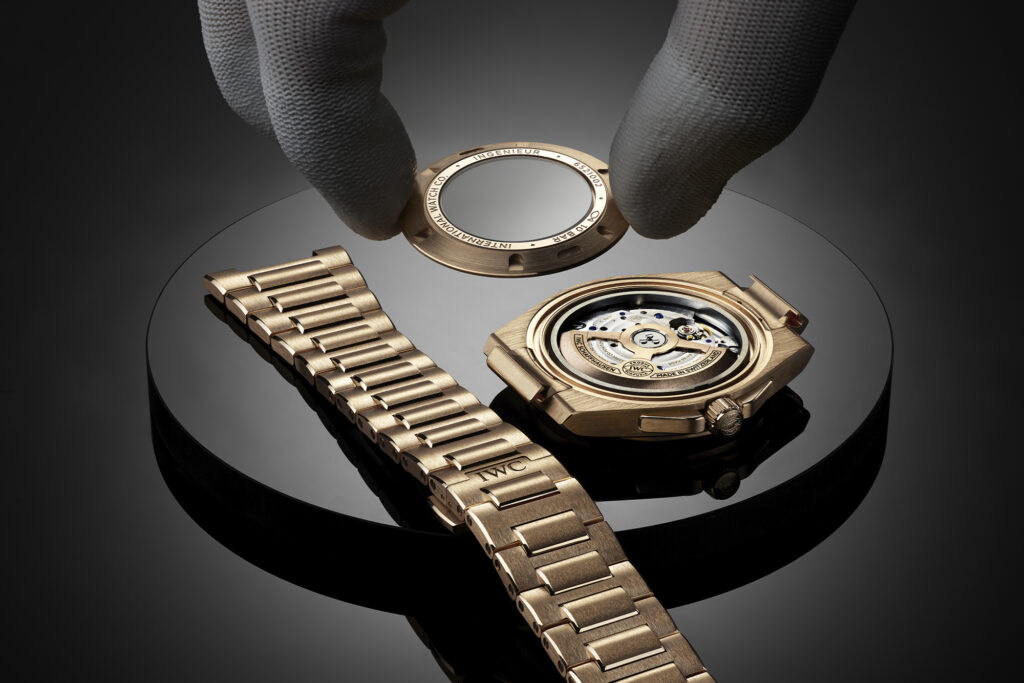
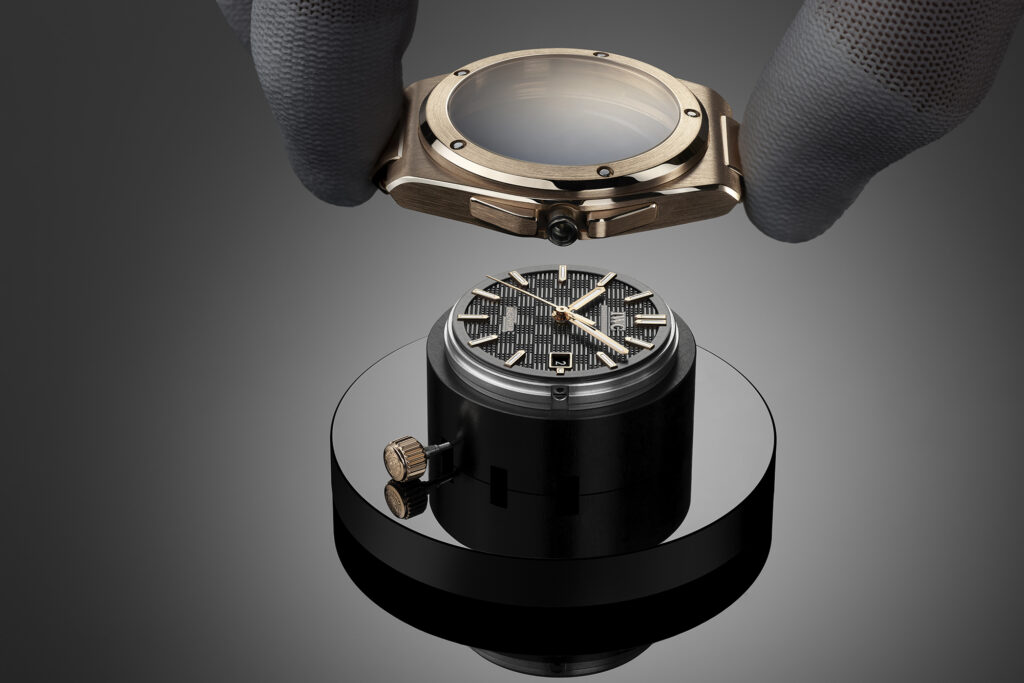
“Instead of placing the movement inside a titanium container, we opted for a multi-part and pure ceramic case construction with the case ring, bezel, and caseback ring all made of ceramic,” Knoop explains. “When it came to selecting a complication, we decided to combine the Gérald Genta–inspired Ingenieur design with a state-of-the-art version of our legendary perpetual calendar, which is probably IWC’s most emblematic complication,” Knoop says.

Engineered during the 1980s by legendary watchmaker Kurt Klaus, the addition of IWC’s perpetual calendar movement takes the collection to new heights. If that wasn’t enough of a Hollywood ending for the five-decade long story of the Ingenieur, the watch will have its big screen debut on the wrist of Brad Pitt in this summer’s motorsports epic F1. The Ingenieur’s story, of course, is far from over. Its unique look hasn’t changed all that much in the last 50 years, but the world finally seems to have caught up.
Learn more about the IWC Ingenieur 40 here.
